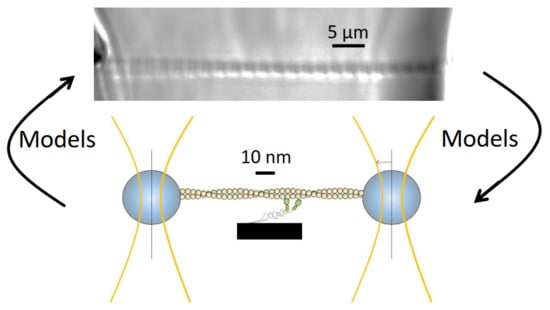Do Actomyosin Single-Molecule Mechanics Data Predict Mechanics of Contracting Muscle?
Abstract
Share and Cite
Månsson, A.; Ušaj, M.; Moretto, L.; Rassier, D.E. Do Actomyosin Single-Molecule Mechanics Data Predict Mechanics of Contracting Muscle? Int. J. Mol. Sci. 2018, 19, 1863. https://doi.org/10.3390/ijms19071863
Månsson A, Ušaj M, Moretto L, Rassier DE. Do Actomyosin Single-Molecule Mechanics Data Predict Mechanics of Contracting Muscle? International Journal of Molecular Sciences. 2018; 19(7):1863. https://doi.org/10.3390/ijms19071863
Chicago/Turabian StyleMånsson, Alf, Marko Ušaj, Luisa Moretto, and Dilson E. Rassier. 2018. "Do Actomyosin Single-Molecule Mechanics Data Predict Mechanics of Contracting Muscle?" International Journal of Molecular Sciences 19, no. 7: 1863. https://doi.org/10.3390/ijms19071863
APA StyleMånsson, A., Ušaj, M., Moretto, L., & Rassier, D. E. (2018). Do Actomyosin Single-Molecule Mechanics Data Predict Mechanics of Contracting Muscle? International Journal of Molecular Sciences, 19(7), 1863. https://doi.org/10.3390/ijms19071863





